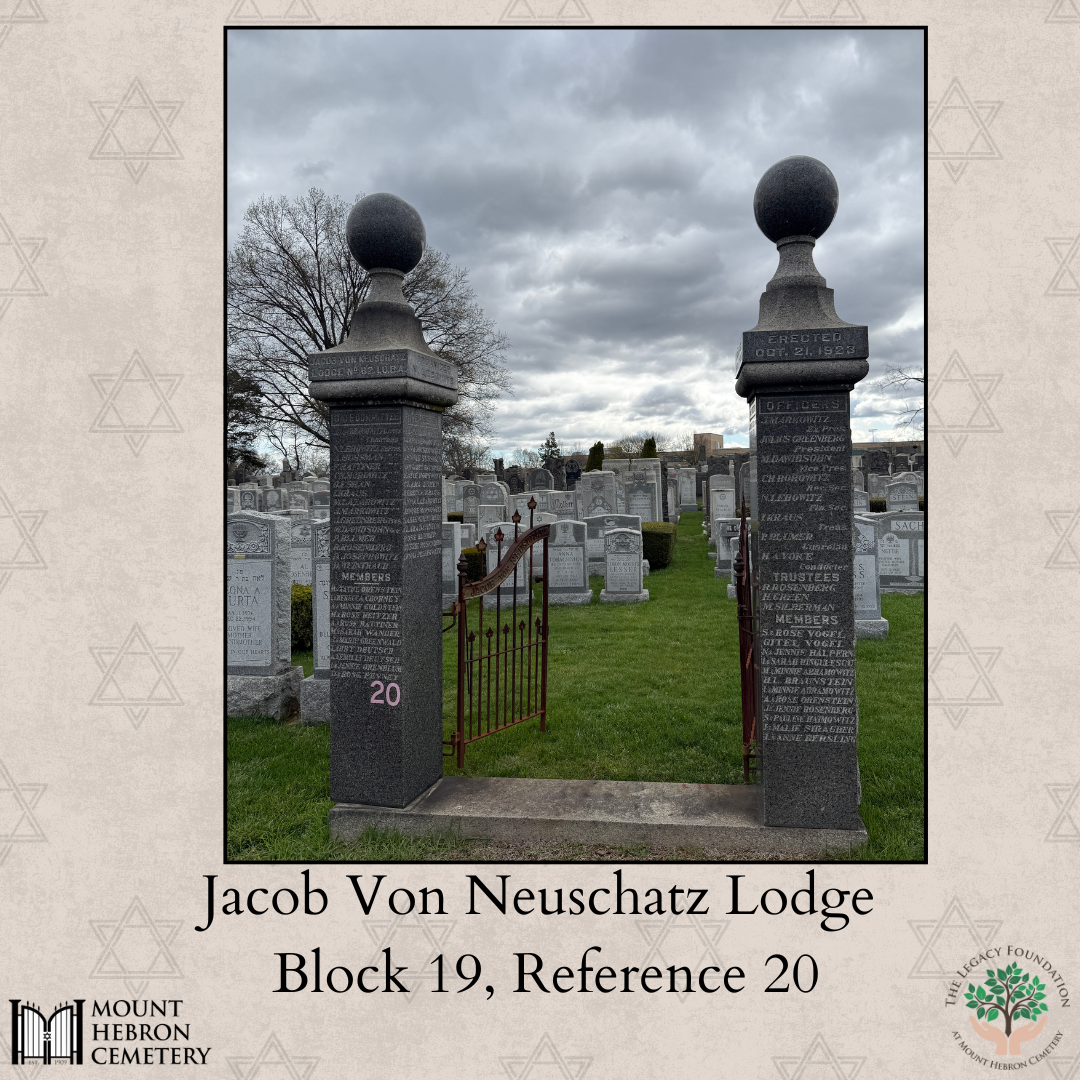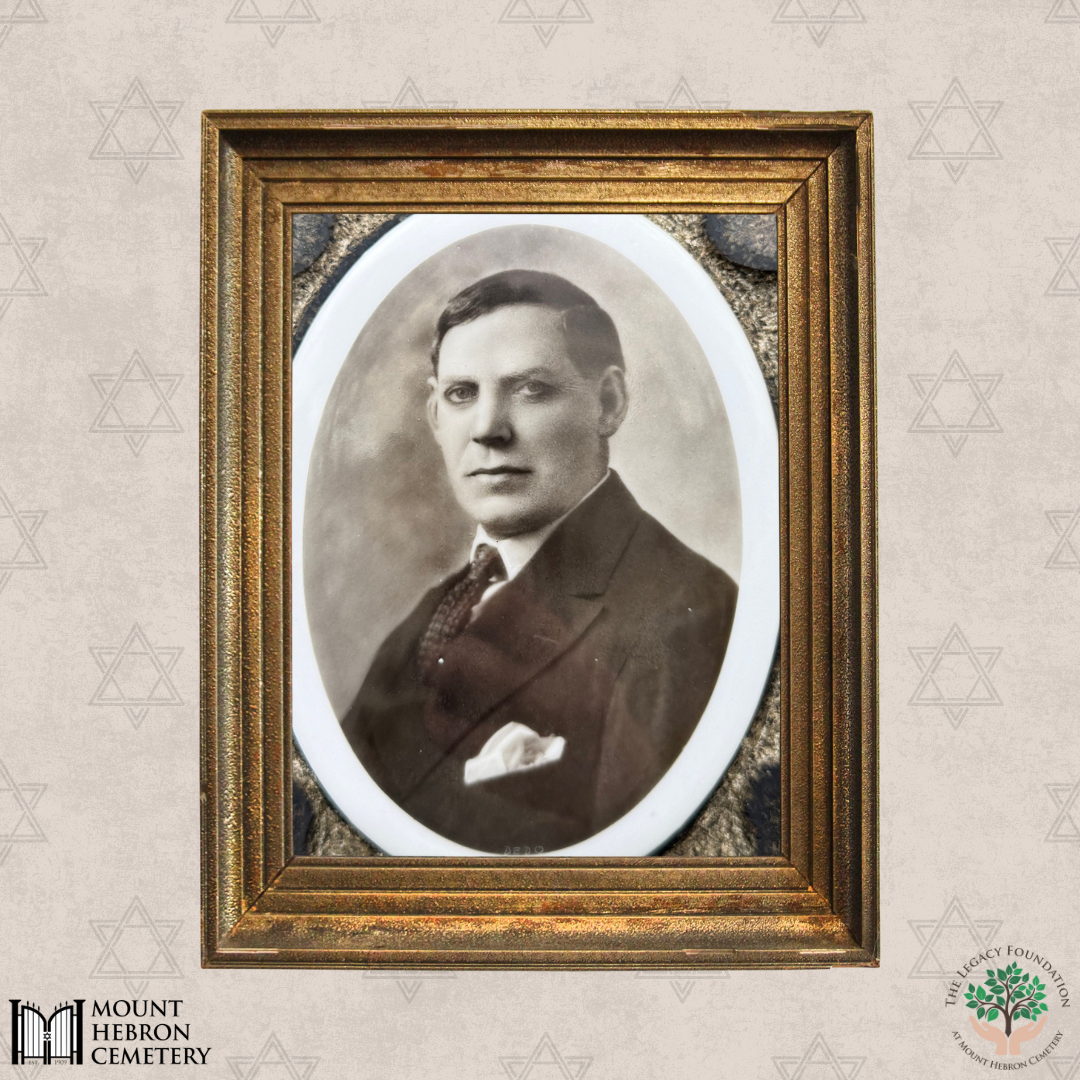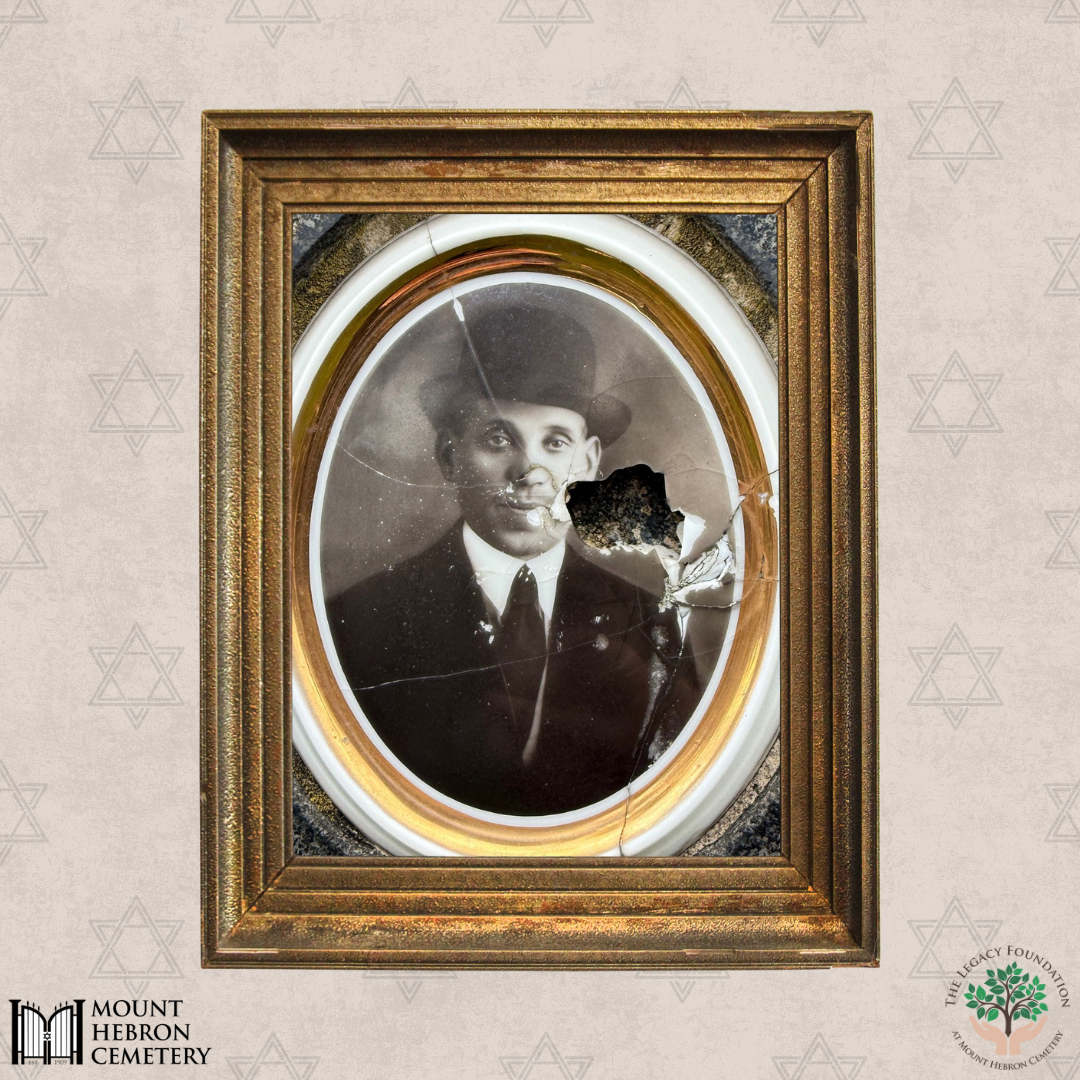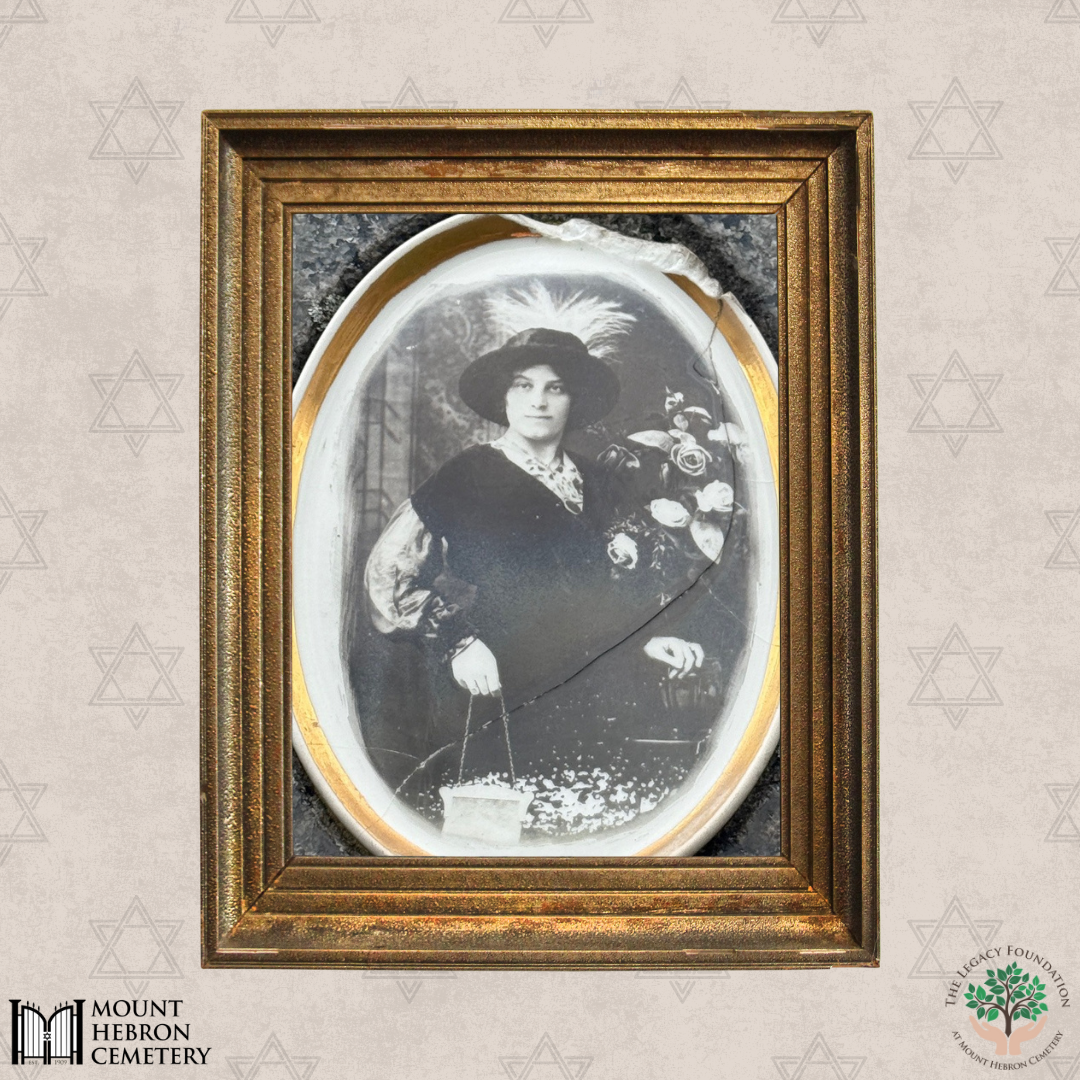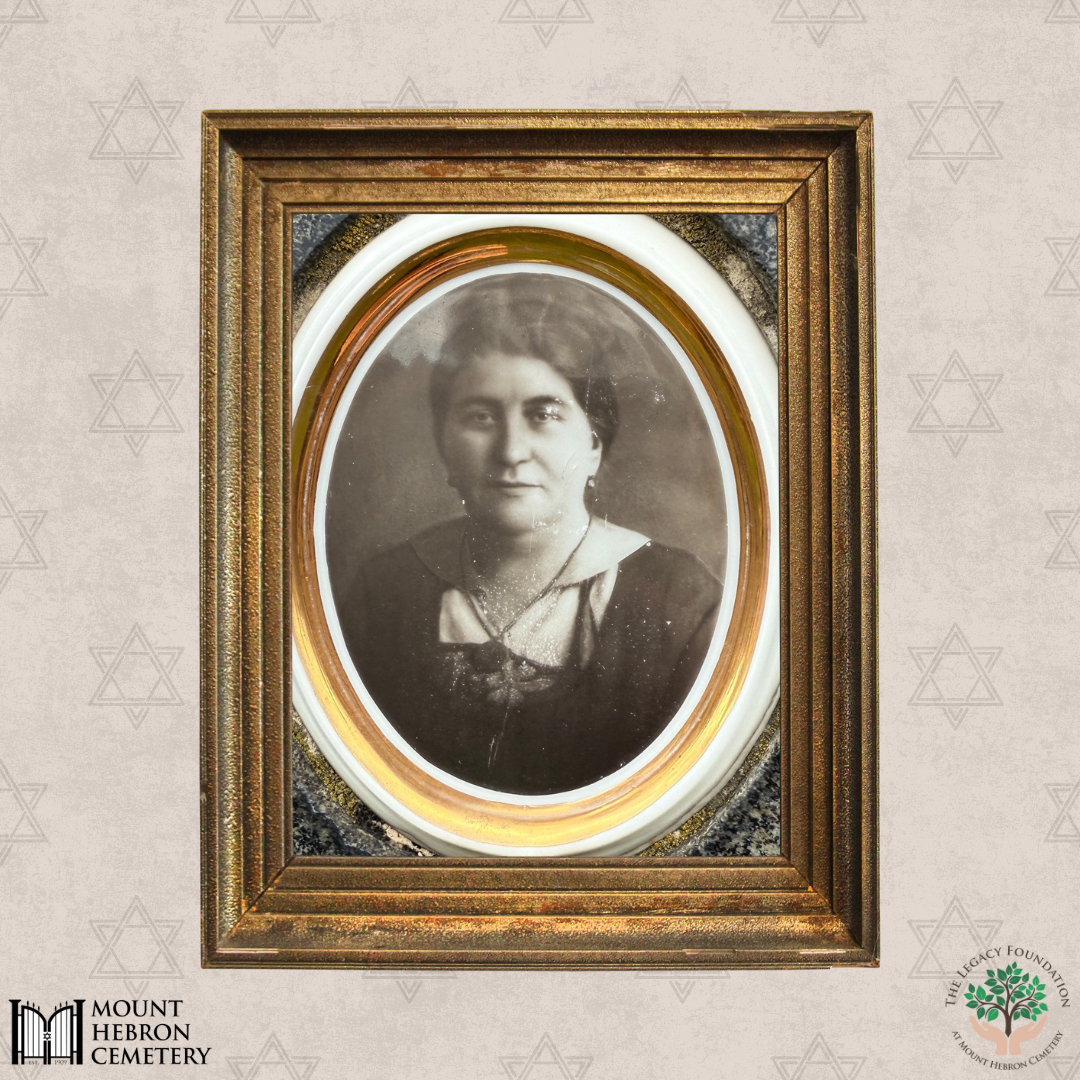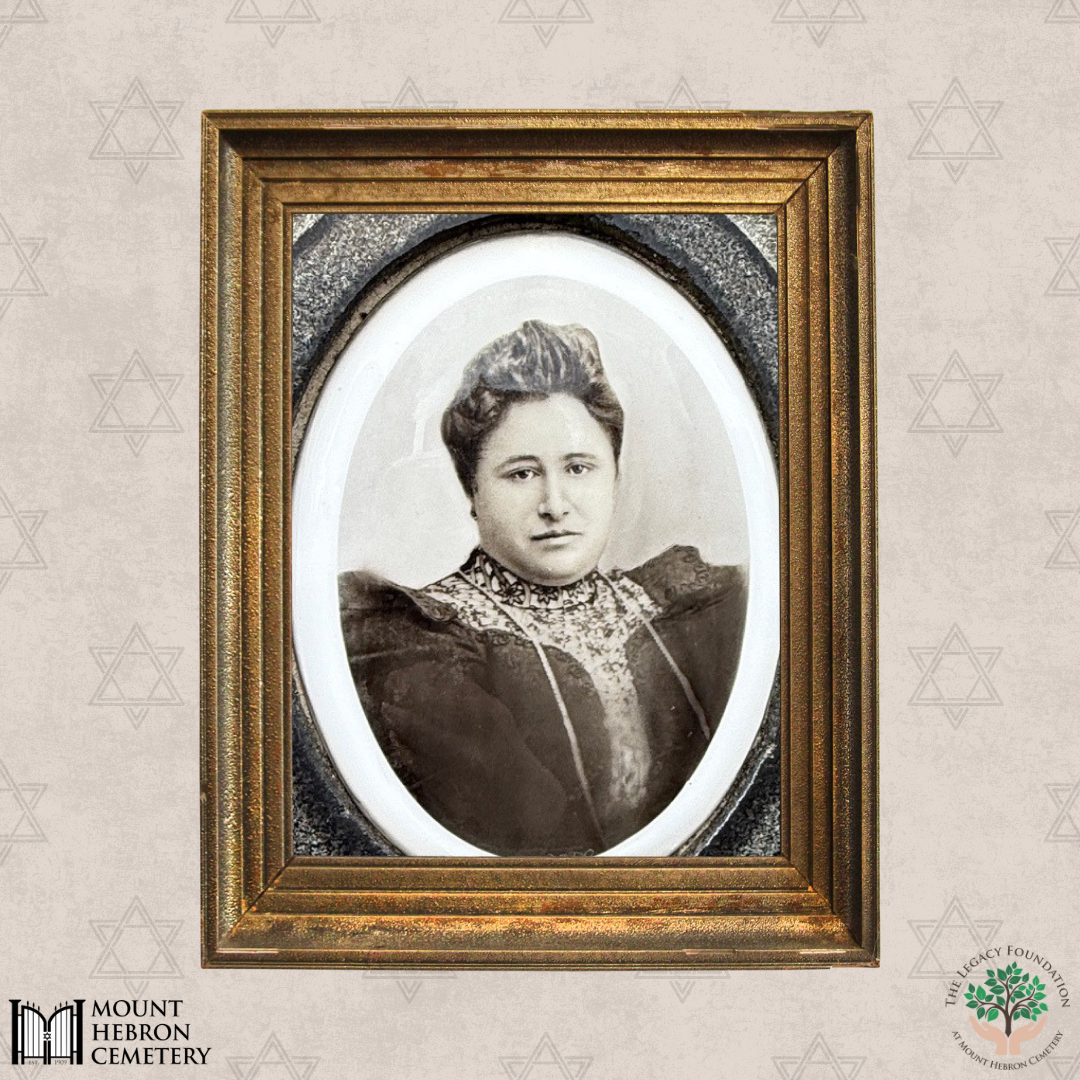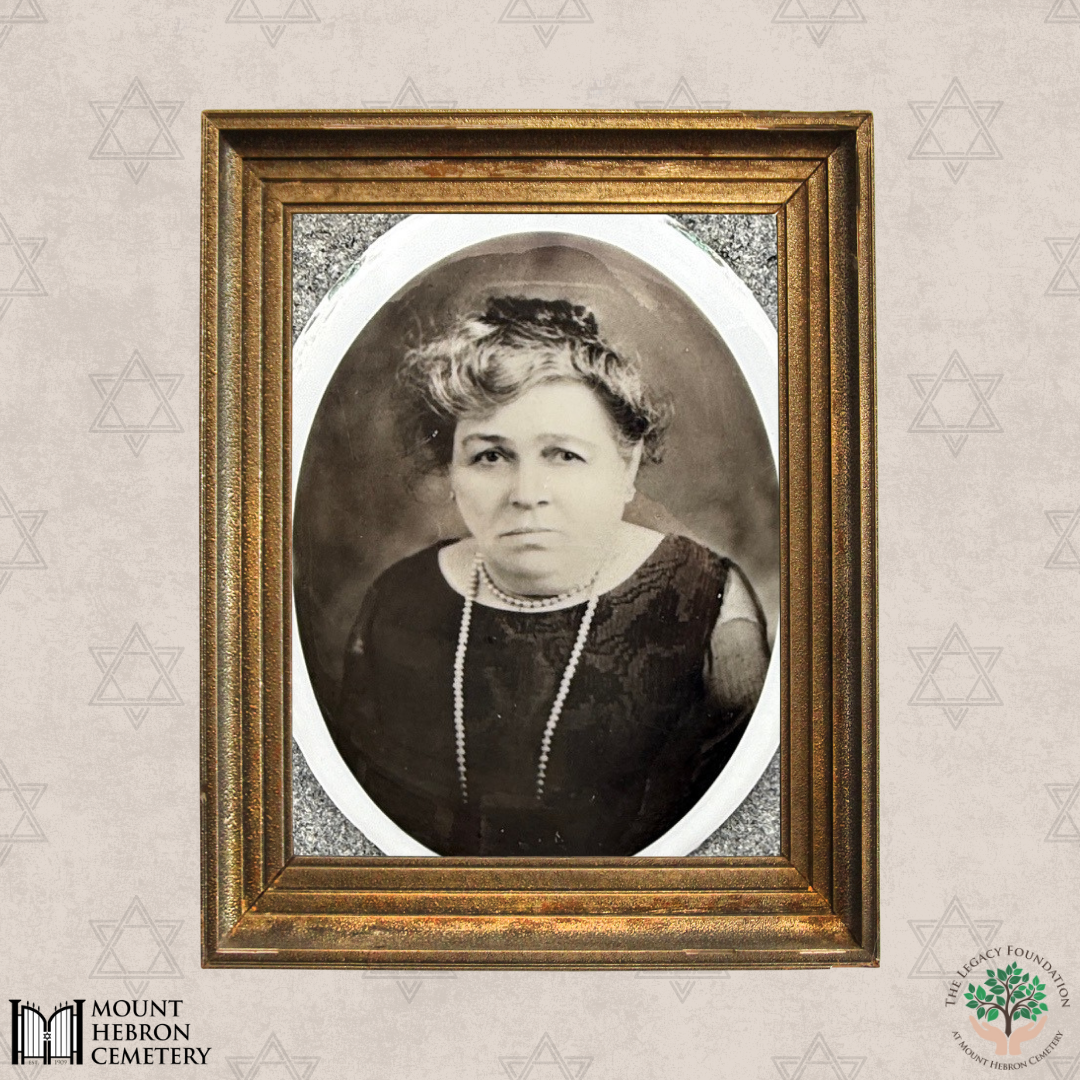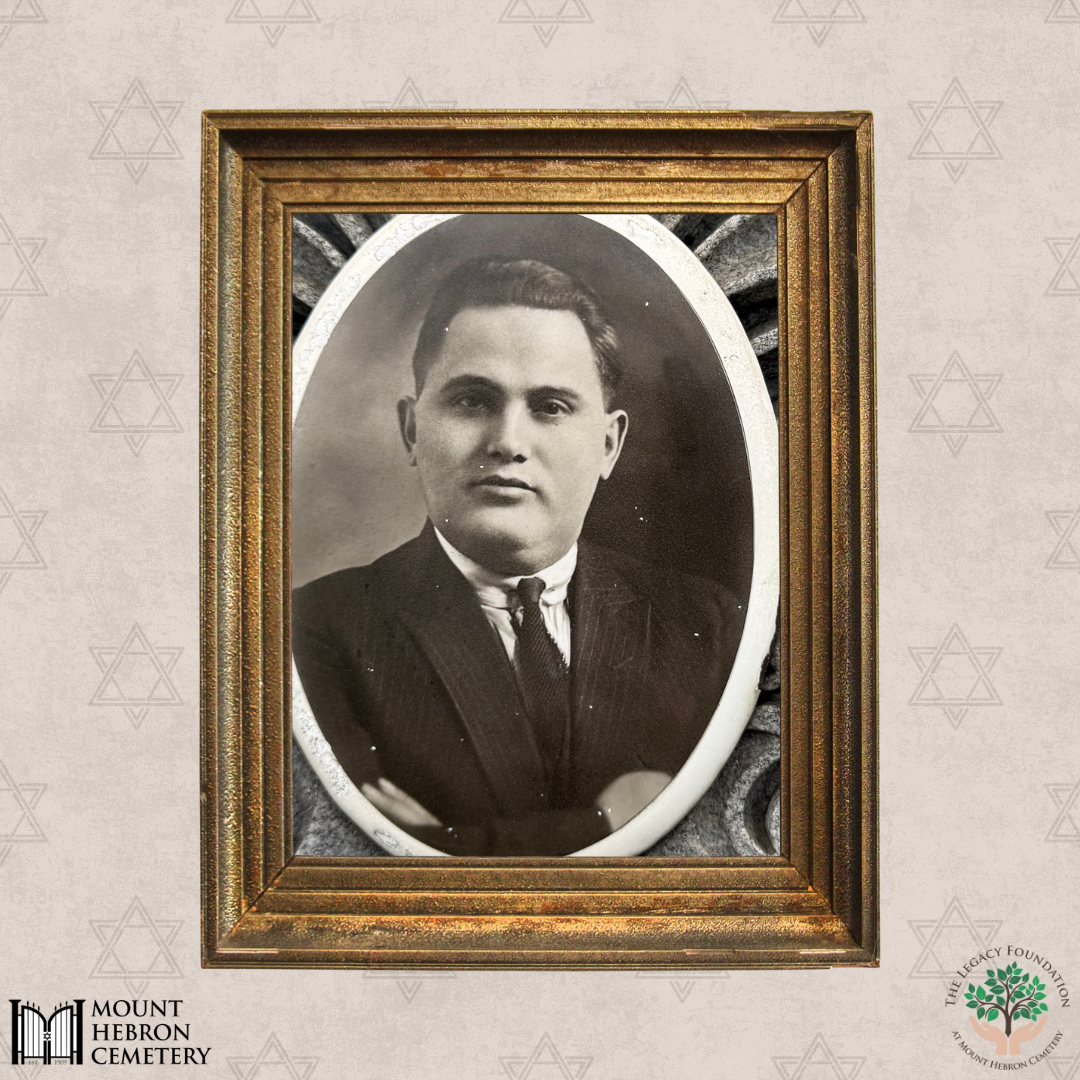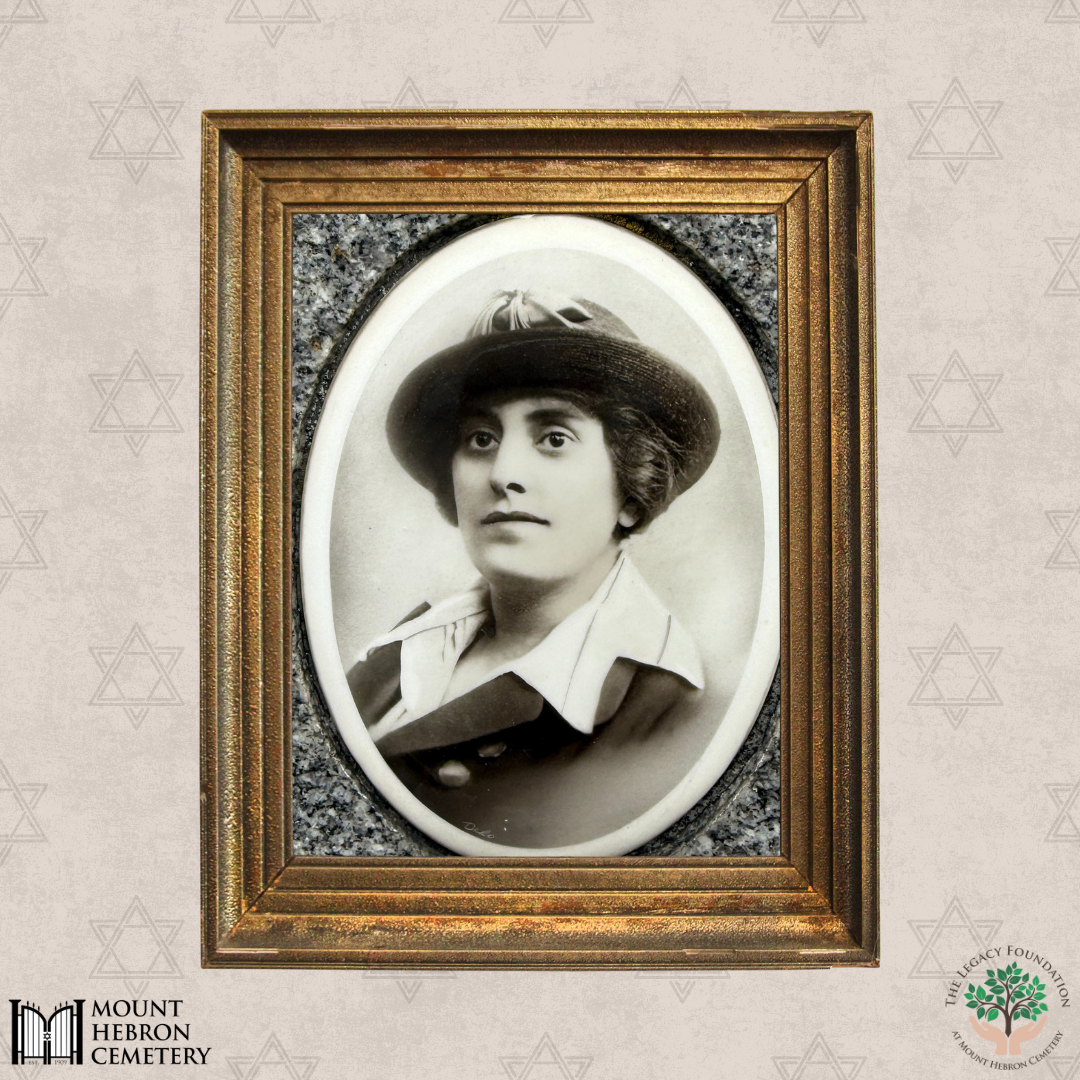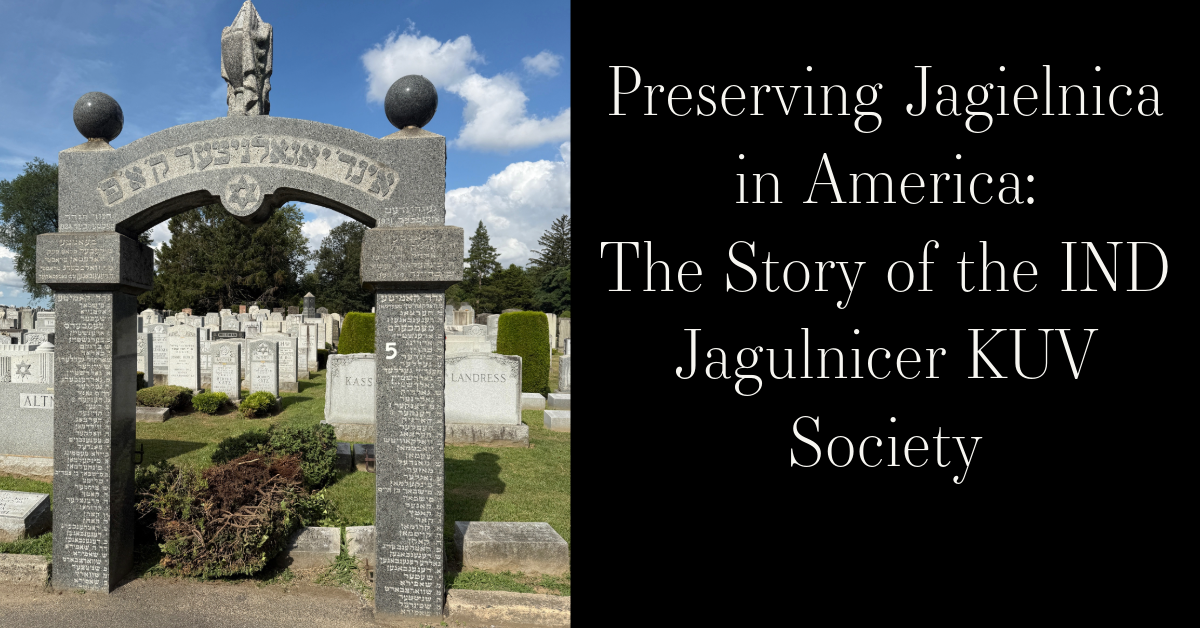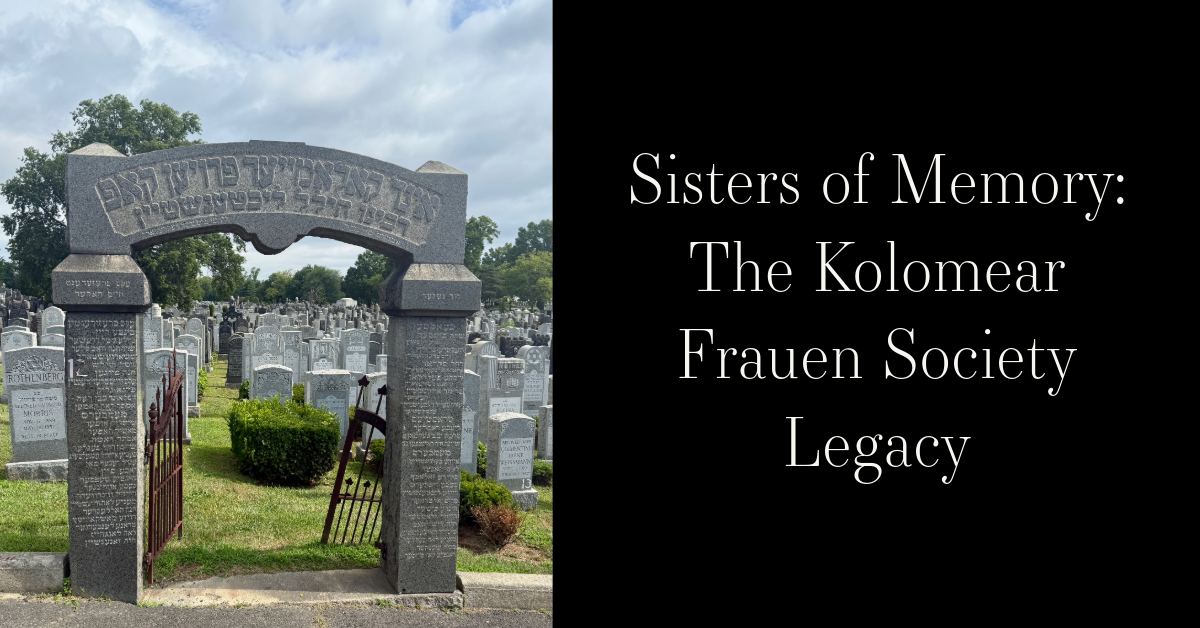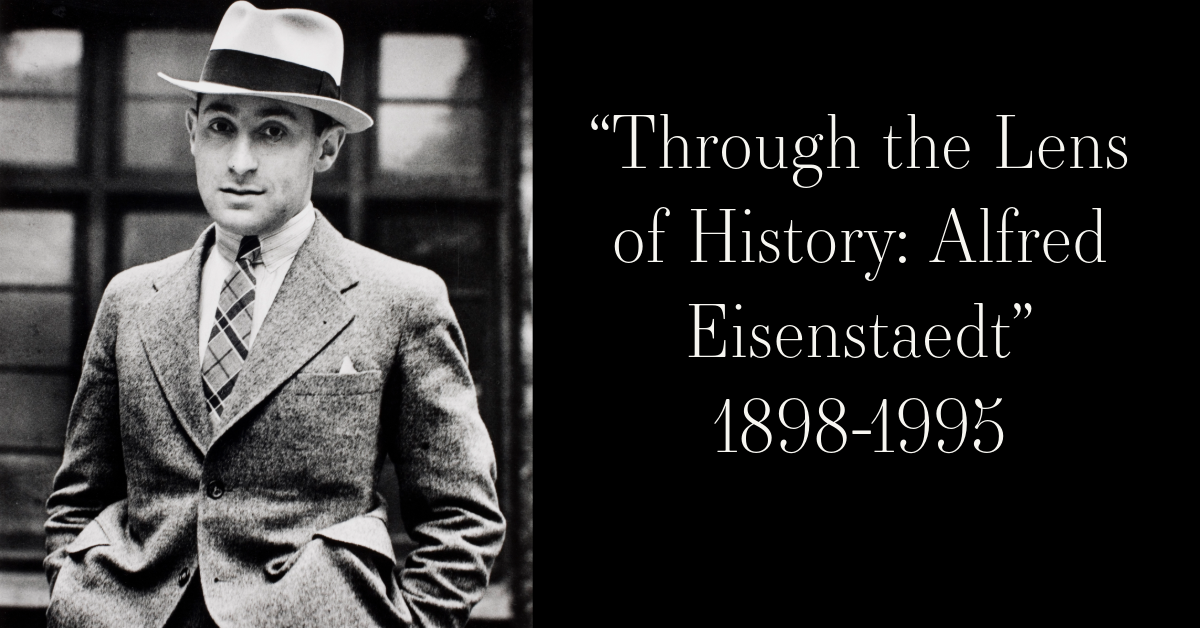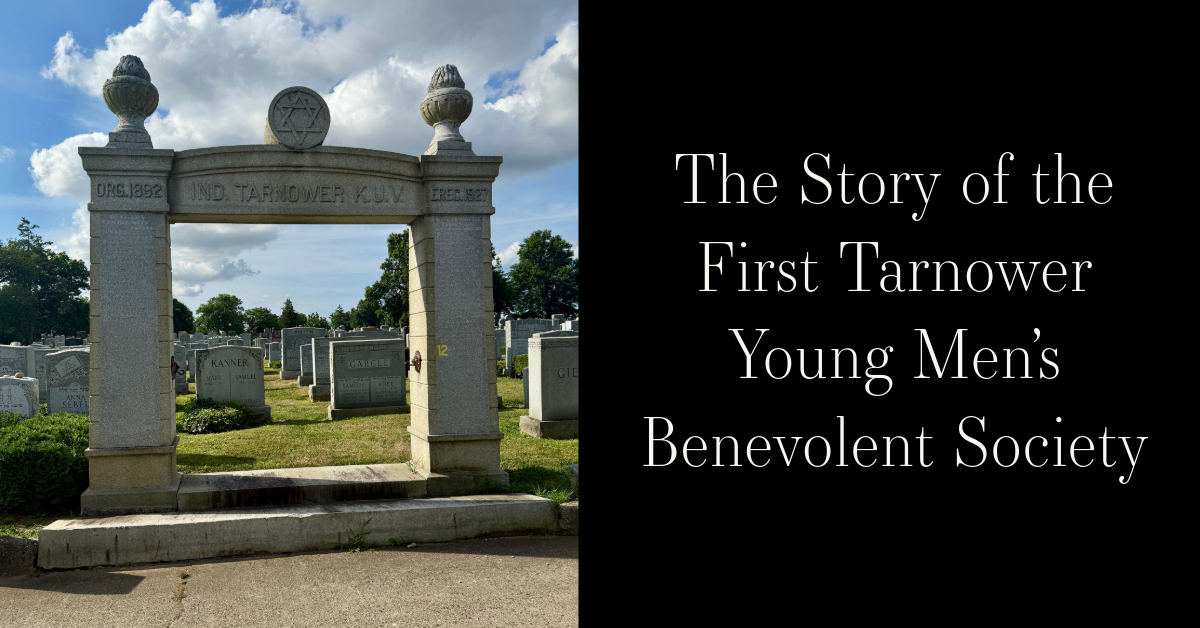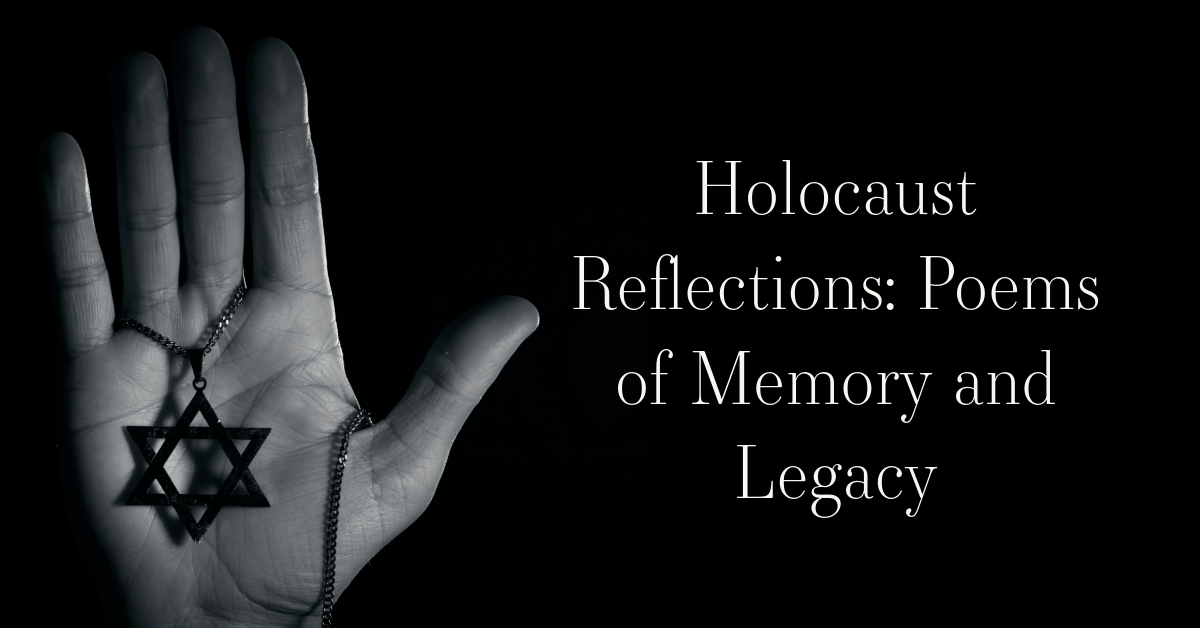Story Summary:
The Jacob (Von) Neuschatz Lodge Society was established in New York by immigrants hailing from Iasi, Romania. Initial Jewish presence in Iasi dates to the 16th century. By the 17th century, the Jews of Iasi were maintaining their own synagogue and cemetery. Many made their living as traders, craftsmen, lawyers, musicians, and doctors. Despite the anti-semitic attacks of the 19th and 20th century, the Jewish community of Iasi flourished, establishing numerous religious and educational institutions/organizations. Much of the Jewish community migrated after WWII, with about 3000 Jews remaining by 1975. In 2003, there were just over 500 Jews remaining, with 4 synagogues still active. Their memories live on. ~Blog by Olivia Scanlon
Jacob Von Neuschatz Lodge Blog
The Jacob (Von) Neuschatz Lodge Society was established in New York by immigrants hailing from Iasi, Romania. Initial Jewish presence in Iasi dates to the 16th century. In 1666, the community granted the right to build a synagogue (the Great Synagogue; completed in 1670) and reserve land for a cemetery. The Jewish population of Iasi increased as a result of the 1648-49 pogrom, and the overall development of Moldavian society, bringing the population to over 2000 Jews by 1803, and over 39,000 by the 1890s.
The Jews of Iasi were active in the areas of trades (wine, tobacco), artisan (tailors, shoemakers, bakers, silversmiths, carpenters), and finance. Many also worked as doctors, lawyers, and musicians. Artisan guilds were eventually established (closed in 1862), with each maintaining their own synagogues. During the 18th/19th centuries, a majority of Jews in Iasi were Hasidic. The most prominent Hasidic rabbi of the community was Avraham Yehoshua Heshel of Opatów. Other notable rabbis of the community were Natan Note Hannover, Aryeh Leib Ben Shemu’el, and Petahyah Ben David Lida.
The early 1800s brought severe hardships to the town, as the Jewish community faced anti-semitic attacks. Despite the hardships of the early 19th century, the town of Iasi nonetheless flourished. The community had founded its first Hebrew printing press in 1833. By the mid 1800s, there were 12 traditional elementary schools, “modern” schools (established by Benjamin Schwarzfeld; closed in 1857), the “Korot Ha-itim” Yiddish newspaper, and the “Gazeta Romȃno-Evreiascǎ” bilingual newspaper. Banker Jacob of Neuschatz also established the moderate reform temple (Bet Ya’akov). Jewish periodicals, such as the “Vocea aparatorului” (The Voice of the Defender), which advocated for Jewish emancipation, began its publication.
By the late 19th century/early 20th century, Iasi had established itself as the center of Yiddish literature. Jewish musicians, such as Avram Bughici, and Berl Segal are recognized for having preserved Yiddish folklore. Anti-semitic attacks resurfaced during the 20th century, bringing violent attacks against the community. The interwar period brought the town more stability. By 1921, there were over 43,000 Jews in Iasi, constituting the town as holding the largest Jewish community of Moldavia. This number decreased due to the waves of migrations during the 1930s, with many fleeing from the rule of Ion Antonescu and the Iron Guard regime. During the 1930s, the Jews of Iasi became active in the Zionist movement, establishing a number of organizations. By the eve of World War II, the community had about 140 active synagogues, 10 rabbis, 4 Talmud Torahs, a yeshiva, 6 elementary schools, a girls’ vocational school, a kindergarten, an orphanage, a hospital, and an old age home.
The June 1941 pogroms resulted in over 4000 Jews being deported to Podul Iloaiei and Calarasi, with about 2000 dying en route. In August of the same year, about 4000 were sent to perform forced labor in Stanca Roznovanu. Some were also deported to Transnistria. By 1942, over 14000 Jews had lost their lives. In 1943, the Jewish cemetery, where about 27,000 souls rested, was destroyed. On August 21, 1944, the town was occupied by the Soviet army. A monument was erected in June of 1947, commemorating the victims of the pogroms. The Great Synagogue has been restored and declared a historical monument. As a result of massive emigration, about 3000 Jews remained in Iasi by 1975. Life for the Jews of Iasi improved following the collapse of the communist regime in 1989. In 2003, there were just over 500 Jews remaining, with 4 synagogues still active.
https://www.flickr.com/photos/brulelaker/36927786655
https://jguideeurope.org/en/region/romania/moldavia/lasi/
https://www.jewishgen.org/yizkor/iasi/ias007.html
https://www.ou.org/holidays/iasi-stain-history-ache-heart/
https://kehilalinks.jewishgen.org/iasi/iasi.html
https://www.yadvashem.org/holocaust/this-month/june/1941-3.html
https://encyclopedia.yivo.org/article/925
~Blog by Olivia Scanlon


